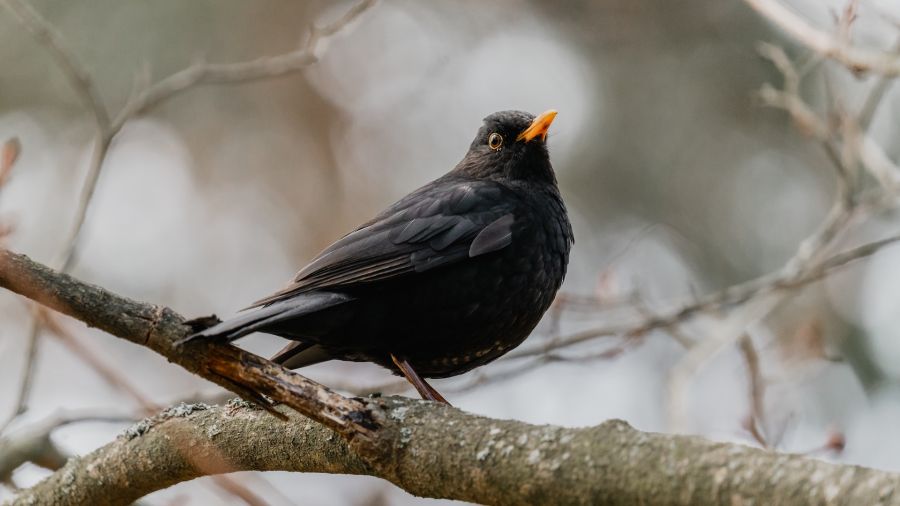The pathology of co-infection with Usutu virus and Plasmodium spp. in naturally infected Eurasian blackbirds (Turdus merula)

This publication is part of the project ‘Preparing for vector-borne virus outbreaks in a changing world: a One Health Approach’ (NWA.1160.1S.210) which is (partly) financed by the Dutch Research Council (NWO).

Authors: Gianfilippo Agliani, Giuseppe Giglia, Erwin de Bruin, Tjomme van Mastrigt, Rody Blom, Reina S. Sikkema, Marja Kik, Marion P.G. Koopmans, Andrea Gröne, Judith M.A. Van den Brand.
Abstract
Usutu virus (USUV) is a mosquito-borne zoonotic flavivirus causing mortality in Eurasian blackbirds (Turdus merula) in Europe. In dead blackbirds, avian malaria co-infection due to mosquito-borne hemosporidians (e.g., Plasmodium spp.) has been reported. In humans, a similar co-infection of a flavivirus, Dengue virus, and Plasmodium spp. is causing increased severity of clinical disease. Currently, the effects of co-infection of arboviruses and hemosporidians in blackbirds remain unclear. This study investigates the rate of USUV and Plasmodium spp. co-infection in found-dead blackbirds (n = 203) from 2016 to 2020 in the Netherlands. Presence of Plasmodium spp. was evaluated by cytology (43/203; 21,2%), histopathology (94/186; 50,5%) and qPCR (179/203; 88,1%). The severity of histological lesions in USUV and Plasmodium spp. co-infected dead blackbirds (121/203; 59,6%) were compared with those in Plasmodium spp. single-infected cases. Additionally, since no knowledge is present on the infection rate on live birds and mosquitoes in the Netherlands, a small group of live blackbirds (n = 12) and selected in the field-collected mosquito pools (n = 96) in 2020 were tested for the presence of Plasmodium spp. The latter was detected in the tested live blackbirds by qPCR (8/10; 80%), and cytology (3/11; 27,3%) and in the mosquito pools by qPCR (18/96; 18,7%). For this study, co-infection between USUV and Plasmodium spp. was observed only in the dead blackbirds. The high Plasmodium spp. presence, associated with lower lesions score, in single infected found dead birds suggest a predominantly smaller pathogenic role as single agent. On the other hand, the higher histological lesion scores observed in USUV and Plasmodium spp. co-infected birds suggests a major pathogenic role for the virus or an increased severity of the lesions due to a possible interplay of the two agents.
Source: Science Direct
Date: April 20, 2023